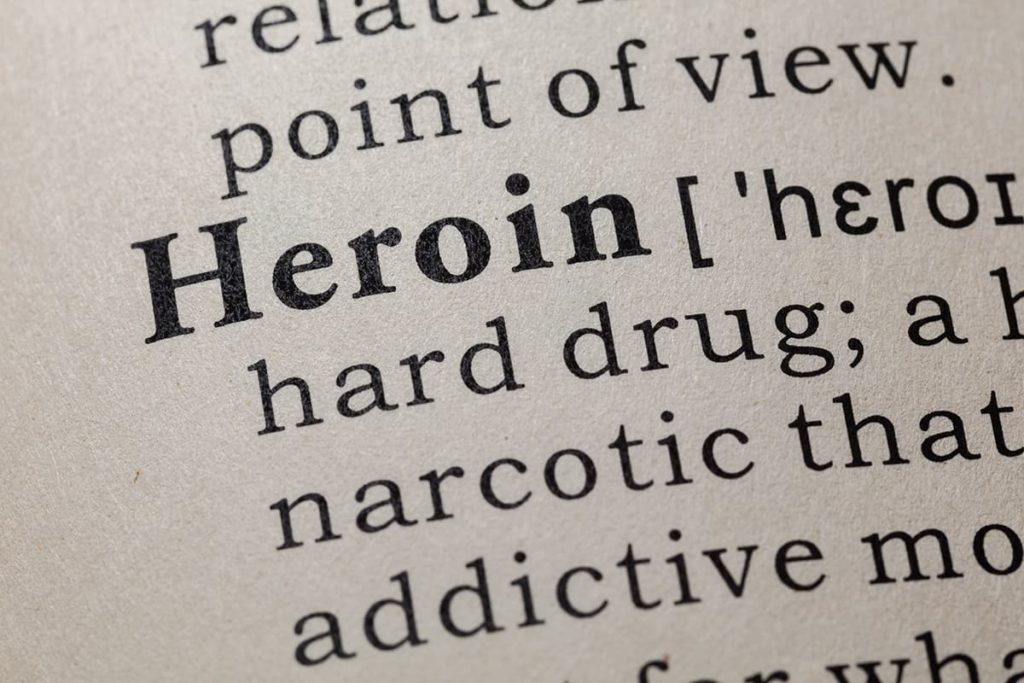Professional therapists vary their approach to treating addiction. Psychotherapy, also referred to as “talk therapy,” is one of the most common approaches used with clients in a treatment center or undergoing outpatient therapy. Two popular forms of psychotherapy are cognitive-behavioral therapy (CBT) and dialectical behavior therapy (DBT).
What is the difference between CBT vs DBT therapy? Below you will find an explanation of the differences between the two. We also go over how the different approaches help clients looking for ways of coping with their addiction disorder.
What Happens During Psychotherapy?
Before getting into the differences between CBT vs DBT therapy, it is important to understand what psychotherapy involves. It involves a trained therapist gaining the trust of their client and getting them to explore deeper thoughts and emotions. The therapist leads the conversation and brings up topics relating to the past or present problems of a client. They encourage them to go deeper into their experiences, the thoughts, and feelings the client has around them, and look for insights that connect to their current addiction issues.
Many studies have highlighted the effectiveness of psychotherapy in easing the symptoms of addiction. This has been especially true in those with a dual diagnosis. The versatility of psychotherapy makes it one of the most enduring and popular treatments. It adapts to use in individual, group, and family therapy sessions.
Cognitive-Behavioral Therapy
Cognitive-behavioral therapy (CBT) asks clients to focus on looking into their relationships via their feelings, thoughts, and actions. Therapists have clients actively engage in activities meant to reveal unhealthy patterns in the way a client thinks, and how they lead them into self-destructive behavior.
CBT helps individuals recognize those patterns when they arise. Therapists teach them ways of constructively turning those thoughts in a positive direction. By forcing themselves out of negative thinking, clients begin engaging in healthier actions and behaviors that help them progress along the path of addiction recovery.
How CBT Works
One way of contrasting CBT vs DBT therapy is the focus that CBT places on individual therapy sessions. Clients receive help in restructuring negative and false beliefs into something good during this time. Therapists give them assignments to complete after every session. They typically involve exercises asking them to write down negative thoughts they have and tying them to something based in reality, usually in a journal.
The main idea behind CBT is that changing a client’s thoughts helps them change their behaviors, and vice versa. Many therapists use CBT with clients with addiction who have an underlying mental disorder. CBT allows them to treat the addiction and the symptoms of mental illness at the same time. Some disorders CBT has shown effectiveness at treating include:
- Schizophrenia
- Depression
- Anxiety
- Bipolar disorder
Scientific data supports the use of CBT, including the changes it causes in the brain that help improves its functionality.
Dialectical Behavioral Therapy
One way to remember the difference when it comes to CBT vs DBT therapy is that DBT involves more of a social element. It looks at the reactions of individuals when they engage with family, friends, and romantic partners. They often behave in an out-of-the-ordinary way than the average person. Those who specialize in DBT therapy believe that some people reach a state of emotional stimulation more quickly than others. It takes more work to get them back to a normal state.
Therapists using DBT support clients in discovering their strengths and learning to build on them as a way of feeling better. DBT also assists people in uncovering assumptions, beliefs, and thoughts that can make their life more difficult. That includes unrealistic expectations of perfection, feeling inferior to others, and believing they should have achieved more than they have.
DBT asks clients to work through any problems with their therapist, with therapists doing the same in return. Clients taking part in DBT sessions also have homework to complete between sessions, usually involving role-playing ways of improving their interactions with others. These lessons form the backbone of CBT sessions.
Another difference between CBT vs DBT therapy is that it is also performed in a group setting. Everyone involved learns from four different modules:
- Interpersonal effectiveness
- Distress tolerance
- Regulating emotions
- Learning mindfulness
Learning to deal with reality and keeping themselves more even-keeled are some key goals for clients participating in CBT therapy.
Learn More About CBT vs DBT at Recovery Ranch TN
Recovery Ranch Tennessee offers both CBT and DBT therapy options for clients. We use them in conjunction with many of our programs, such as:
- Family Recovery Program
- Addiction Therapy Program
- Depression Treatment
- Nutrition Therapy Program
To learn more about what we offer at our Tennessee recovery facility, contact us at 1.844.876.7680.




